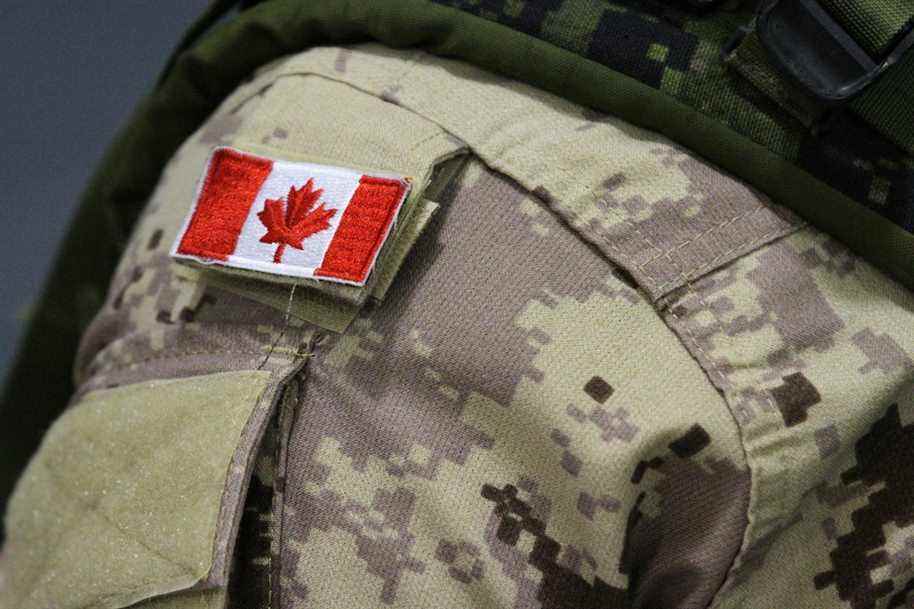(Ottawa) The war in Ukraine has forced the government to rethink its priorities. Like many of its allies, Canada is forced to improve the budget allocated to defence, but it does not reach the objective of 2% of GDP set by NATO.
Posted yesterday at 4:08 p.m.
“It is obvious that the most serious danger today is the threat from Putin,” Finance Minister Chrystia Freeland said at a press conference. “In Boutcha, we saw that it is a regime that is really criminal. It is a regime that has no limits and it is truly a threat to all democracies in the world. »
Unlike Germany, Canada is not meeting the 2% gross domestic product (GDP) target set by the North Atlantic Treaty Organization (NATO). This would have required annual sums of around 15 billion until 2026-2027, according to the Ministry of Finance.
“We are spending more on defense than what was planned before the invasion of Ukraine by Russia, defended Mme Freeland. The situation in the world has changed, and it is necessary to spend more, but it is important to spend in a planned and efficient way. »
How much ?
8 billion over five years
In new military spending
Instead, the budget provides an additional $8 billion over five years, bringing the total allocated to National Defense to $41 billion. Canada will thus reduce its contribution from 1.36% to 1.5% of GDP in 2026-2027. This is an improvement of less than $2 billion per year.
A large part of this sum, $6.1 billion, will be used to modernize the North American Aerospace Defense Command and to support NATO. The exact amounts have not yet been determined since they must be negotiated with Canada’s allies, but the budget specifies that part of this money will be used to purchase new equipment for the Canadian Armed Forces and to invest in the technology they need.
The government intends to update its defense policy launched in 2017 to assess the state of military spending, determine Canada’s current needs. Mme Freeland said this review would focus on military “spending efficiency”.
The Conservatives, who were calling for an increase in defense spending, welcomed the government’s gesture. “We have to see if this will really happen,” said the interim leader of the Conservative Party of Canada, Candice Bergen. “We will monitor whether this money is actually spent. »
“What the budget presents is quite distressing,” reacted the leader of the Bloc Québécois, Yves-François Blanchet. He said he agreed with a “gradual increase” to bring military spending to 2% of GDP, although it would not provide the necessary catch-up.
“We understand that the Canadian Armed Forces are a shambles and perhaps the stables should be cleaned up, but are we going to wait three, four or five years before becoming serious about investments under the pretext that it’s a mess in the cabin? “, he added.
New support for Ukraine
The government plans 500 million this year to provide new military aid to Ukraine. This sum is in addition to the 90 million already granted in lethal and non-lethal military equipment.
How much ?
1 billion
On loan to Ukraine so its government can continue to function
Ottawa is also granting a new loan which could amount to 1 billion so that the Ukrainian government can continue to function during the war. This loan will be provided through an account for Ukraine at the International Monetary Fund. Canada, which is leading this initiative, hopes to convince other countries to make a contribution.
The sum is in addition to the two other loans of 120 million and 500 million already offered to the Ukrainian government before the Russian invasion.
A new sum of 111 million over five years is also planned for the two immigration programs created for Ukrainian refugees. Most of this money will be spent over the next two years. The government created the Canada-Ukraine Emergency Travel Authorization to allow refugees to immigrate quickly on a temporary basis. It has also set up a special permanent residence component for Ukrainians who already have family here.

